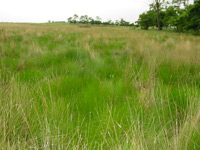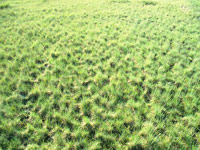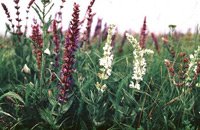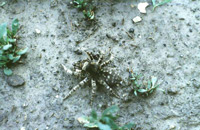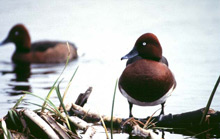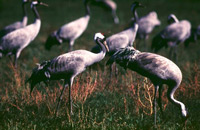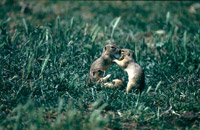 |
Hortobágy National Park |
|
Project area: the Egyek-Pusztakócs marsh system The project area lies in western Hortobágy (please see map of general area) and is a mosaic of grasslands, astatic and permanent marshes, arable lands and wooded areas (please see satellite image). The area is characterised by elevation differences (up to 10-12 metres), which is rather significant compared to the "classic" flat Hortobágy. The Egyek-Pusztakócs marshes have preserved the flora and fauna of alkaline marshes that have largely disappeared elsewhere in Europe and Hungary. The seven distinct marshes, remnants of ancient flood waterways, vary in surface area between 50 and 600 ha and in water depth between 0.5-2.5 m. The construction of a water supply system, started in 1976, led to a rehabilitation of the marshes, making this the oldest (30 yrs) and largest ( 5000 ha) on-going habitat rehabilitation project in Hungary. |
|
Flora The vegetation is typical of alkaline marshes, marshy meadows and alkaline grasslands. Open water surfaces are characterised by Nymphaea alba, Nuphar lutea, Nymphoides peltata and Trapa natans. Extensive stands of reed (Phragmites communis), and bulrushes (Typha spp., Bolboschoenus maritimus) can also be found. Marshes are surrounded by alkaline wet meadows with Glyceria, Alopecurus and Beckmannia spp., often appearing in large tussocks. Drier grasslands mostly comprise alkaline short grasslands (Achilleo- or Artemisio-Festucetum pseudovinae). Loess plateaus separating marshes are covered by fragments of diverse loess steppe grasslands (Salvio-Festucetum rupicolae). For a general map of land use before the project (2003), please click here. |
||
Fauna Marshes and grasslands are home to specialist invertebrates (e.g. Lycosa vultuosa) and many rare vertebrate species (fishes: Misgurnus fossilis, Cobitis taenia, Rhodeus sericeus amarus; amphibians: Bombina bombina, Triturus cristatus cristatus; reptiles: Emys orbicularis; mammals: Lutra lutra, Citellus citellus etc.). However, the area is most famous for its breeding or staging bird species (e.g. breeding: Botaurus stellaris, Egretta alba, Ardea purpurea, Platalea leucorodia, Aythya nyroca, Haliaeetus albicilla, Falco vespertinus, Porzana parva, Burhinus oedicnemus, Sterna hirundo, Chlidonias hybridus, Asio flammeus, Coracias garrulus, Anthus campestris, Luscina svecica, Lanius collurio, Lanius minor; staging: Nycticorax nycticorax, Ardeola ralloides, Egretta garzetta, Ciconia nigra, Plegadis falcinellus, Branta ruficollis, and Grus grus etc.).
|
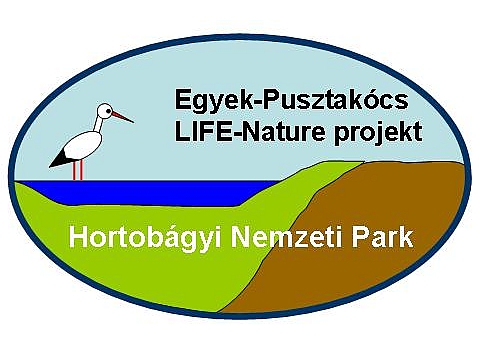

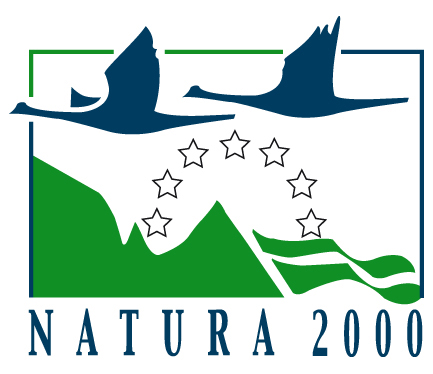
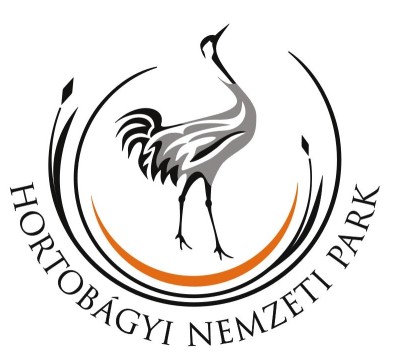
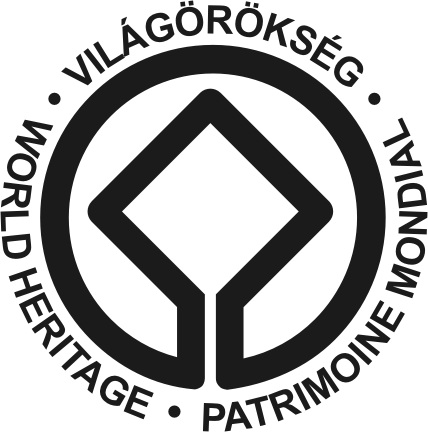
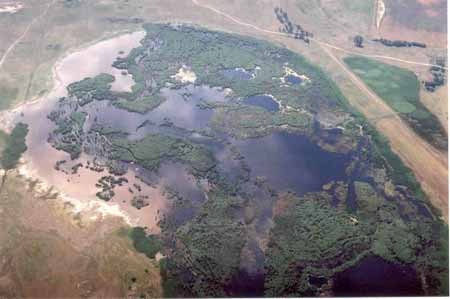
_kicsi.jpg)
